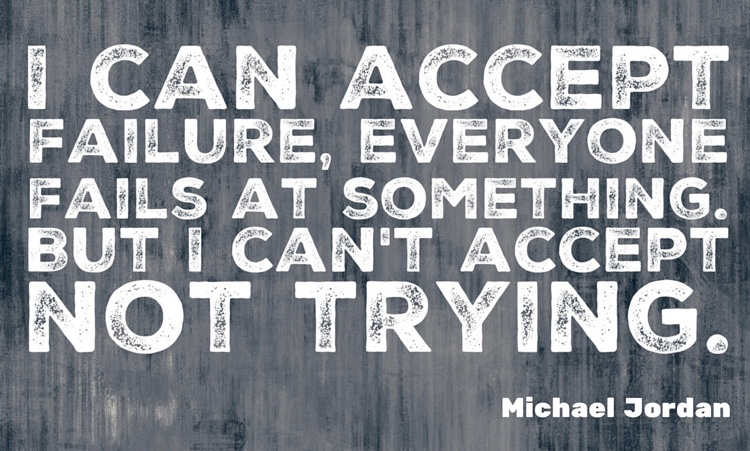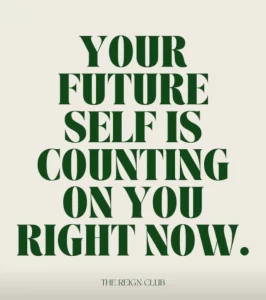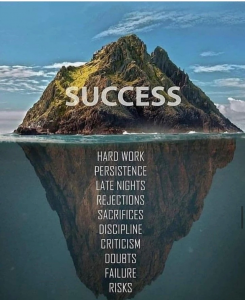Failure is not our enemy nor it is our friend. It is like a sibling. We don’t get to change it. It will always be there. Our attitude to it will define whether it irritates us or not. – Max Dickins
When I read this quote in Max Dickins book, I could not stop smiling. It is so true. It is the stories we tell about failure give us strength or makes us weak. It is the prospective with which we look at failure.
Failure dis-empowers us, when we tell the following stories to ourselves and others: the failure is caused by me, I am total failure, nothing good can happen to me, my situation can never change, I am a looser etc. By telling these stories we give away our power.
If we choose to reframe our failures, (notice the word choose, as this is always our choice), we can empower ourselves with failure. After every failure think about how can you use this lesson, you have learned.
Amy Edmondson, a professor in leadership and management at Harvard Business School categorized failures in 3 categories:
- Preventable Failures – The failures that can be prevented with little more attention and care. Like keeping track of your finances.
- Complex Failures – The failures that happened even if we follow best practices and do our best to not fail, but still fail due to complexity of the system or unpredictability of the environment.
- Intelligent Failures – The failures that take place because we are new to the environment and we are trying to innovate a product or solve a problem. In that case we fail forward. We fail and we learn something new and we move forward and try something else without discarding the information we have got. These are the failures which happen when we are trying to make unknowns known. Our goal is succeed but on the way to success all the failures we encounter, help learn and innovate.
I have not failed. I have found 10,000 ways that won’t work . – Thomas Edison













